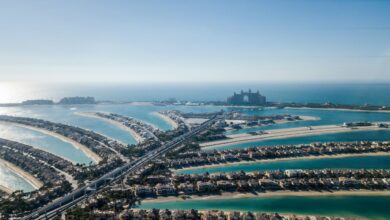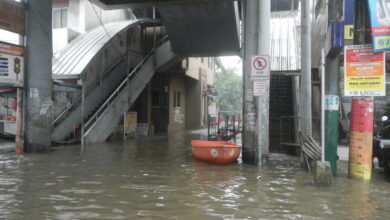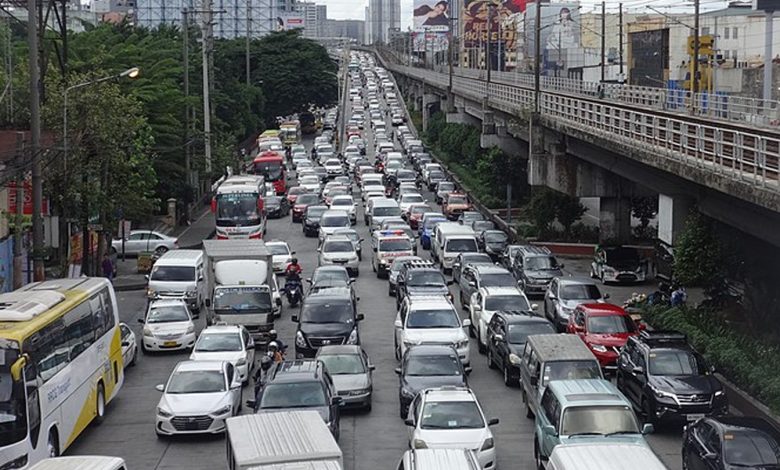
New Normal Transportation Faces Long Overdue Overhaul
Our lives have been overhauled by the pandemic – some for the worse, but surprisingly, some for the better. Transportation has been a pain point for the Philippines in recent years. It’s no surprise that it’s worse now in the time of COVID-19. However, this New Normal transportation system is laying the foundation for a much-needed change.
There’s no denying that in its current state three months in, our transportation system leaves much to be desired. People are having a hard time getting around – and it’s definitely worse than before the quarantine. The silver lining though, is that now, we are forced to rethink our mobility. Times are changing, and with it, we see glimpses of what our future transportation system could be.
A surprising, but welcome change
Right before the eventual easing of the Modified Enhanced Community Quarantine (MECQ), the Department of Transportation (DOTr) released some new guidelines and plans for the transportation sector:
The health and safety changes are to be expected. Wearing face masks, temperature checks, and social distancing compose our “New Normal.” However, most people are skeptical on how our public transportation system could ever implement the social distancing rule. One meter apart seems implausible. Anyone who’s ever ridden on most of our public transportation knows that.
The solution? Operating at an extremely reduced capacity. Monday morning rush hour on the MRT now looks like this:
Granted, not all people are allowed to travel during this period. The general public is still advised to stay home when possible. However, the MRT under this New Normal transportation system is still shocking. Gone are the days where we stand shoulder to shoulder in train cars.
Necessity is the mother of invention
People have been forced to adapt to the New Normal. Eager to start earning again, our jeepney drivers have been compliant with the social distancing regulations necessary during this time. Aside from the reduced capacity, jeepneys now have dividers, which promote limited contact between passengers.
Gone as well are the days where we sit hip to hip and pass our fare to manong driver. Now, people are only allowed to board and alight in designated areas, and pay before boarding. This applies to buses as well – the Bus Rapid Transport (BRT) proposal, which was previously shelved, is back on the table. Even if currently, it’s out of necessity, we are slowly seeing the potential of a true BRT system in Metro Manila.
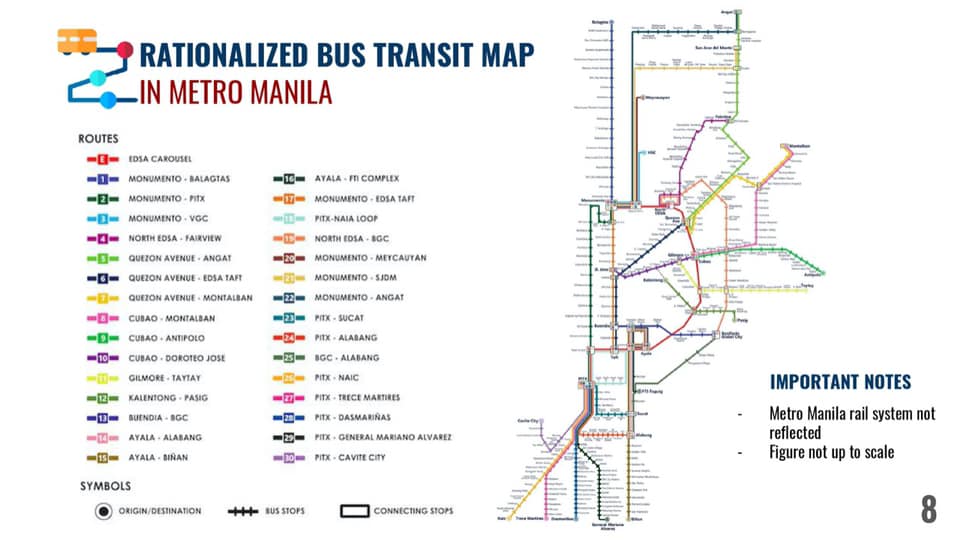
Slowly, but surely
The evolution of our transport system is making small but steady strides. Another proposal, the Jeepney Modernization program, has also been gaining traction, as its modern conveniences are better aligned to the needs of the new normal.
We cannot discount the fact that the transition to modern jeepneys will continue to become a contentious issue. This is particularly true in the time of the pandemic, as our jeepney drivers have been cut off from their livelihood for months. However, we now have a clean slate to start putting some programs in place. Hopefully, this will help us transition into a newer, better system.
This could be seen clearly in the DOTr’s plans to radically change EDSA:
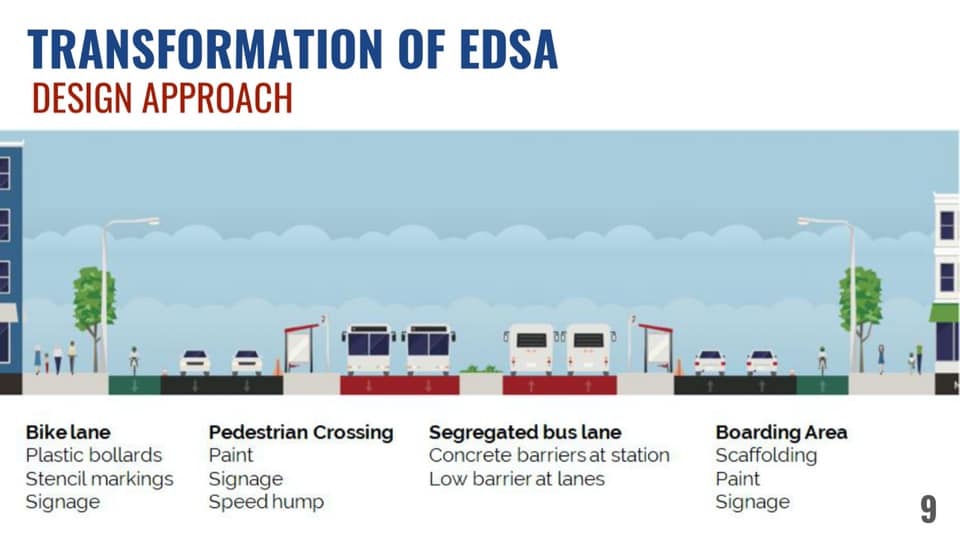
It’s more organized, with allocations not just for bus stops, but for a dedicated bike lane as well. Suddenly, bikes aren’t just a hobby any more – it could actually be a valid mode of transportation, just like in other parts of the world.
A more progressive system for transportation
When public transportation was halted during the early days of the ECQ, frontliners and essential workers either waited for government-provided transportation, or walked. It was at this time that there was a resurgence of bicycle use, which proved to be a great way to gain back some of the mobility we lost.
It used to be that bikes were dangerous – not by its design, but because of our transport system. But now, Local Government Units have been recognizing the value of investing into bike infrastructure, as evidenced by this popular mayor’s recent directives:
In the world of New Normal Transportation, the rest of the country might benefit from taking cues from Iloilo City, which has long been progressive in its push for bicycles as a means of transportation.
Time will tell if the entire Philippines can adapt to this new system. The good thing is, we are now at a perfect stage to actually start trying to change the way we move.
Let’s not waste the opportunity
It took a pandemic for us to seriously consider transforming our transportation system. Let’s take it as an opportunity for change – a clean slate.
As difficult as our situation is, it is also full of opportunity. This is the perfect time to speed up modernization and explore options for people on how to get around. It’s time to move away from our previously car-centric society, into a more inclusive and progressive transport system.


